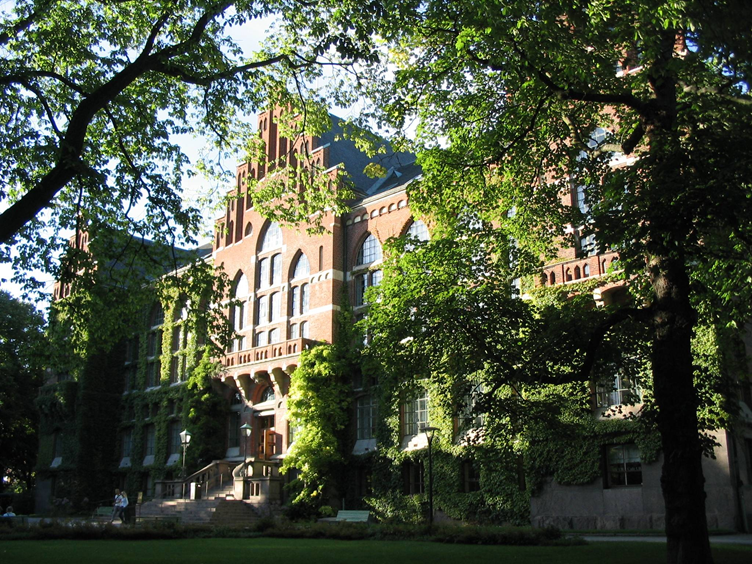The Economics of the NFL Lockout
July 25, 2011 in Daily Bulletin

It’s looking like the NFL lockout is about to come to an end, which raises the question: what will the effects of it be? In an article posted on Freakonomics, that very topic is addressed. The sports economist interviewed believes that demand for the sport by fans will be unaffected and that they will be happy to see the season start up. He also believes that in the new collective bargaining agreement, the owners are getting the better deal. Their share of the revenue will increase as the salary cap each team faces decreases; the rookie pay scale will also face a decline but veterans will be voting on the deal which could help explain why the players seem poised to accept the offer.
Source: Freakonomics Blog









Join the Discussion! (No Signup Required)